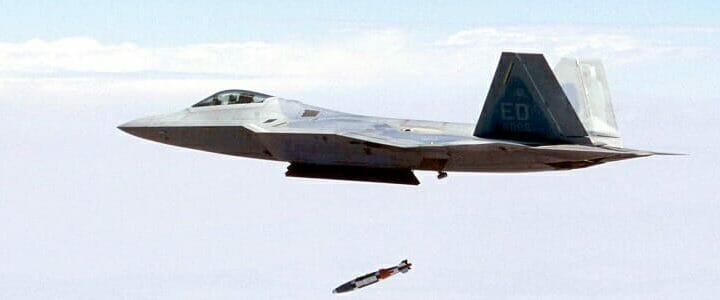Due to its mountain ranges that run the length of California, it is a state with numerous valleys – from the Central Valley that dominates the interior to the northern Napa Valley that is one of the state’s wine regions. Then there is Silicon Valley, which isn’t really as much a valley topographically, as it is a region north of the southern San Francisco Bay Area that is home to many technology companies and technology-focused centered around Palo Alto’s Stanford University.
Now another valley is trying to stand out in the Golden State – Aerospace Valley. Technically, it is the region that has long been known as Antelope Valley in the northern part of Los Angeles County and areas of eastern Kern County. It is home to the cities of Palmdale and Rosamond, but encompasses Edwards Air Force Base. It even extends to parts of Los Angeles, and like Silicon Valley is really more an expression of the local industries than a truly geographic term.
Hotbed of Aerospace Innovation
The area is home to the United States Air Force Plant 42, a classified aircraft manufacturing plant that is owned by the USAF. Located about 60 miles from downtown Los Angeles it is operated as a component of nearby Edwards Air Force Base, and today most of its facilities are operated by private contractors to build and maintain U.S. military aircraft.
It was activated as a United States Army Air Corps base during World War II as the Palmdale Army Airfield and served as one of many intermediate fields that were used for emergency landings. During the Cold War the Air Force purchased the land from Los Angeles County and awarded a contract to Lockheed Aircraft to develop a master plan for the site.
Today, the facility has more than 3.2 million square feet of industrial space. It is here that unmanned aerial vehicles (UAVs) such as the Northrop Grumman RQ-4 Global Hawk are built, while the Northrop Grumman B-2 Spirit bomber is also maintained at Plant 42. The facility is now Antelope Valley’s second-largest employer.
The region is also home to the newly dedicated Mojave Air & Space Port, the first facility to be licensed in the U.S. for horizontal launches of reusable spacecraft. It was certified as a “spaceport” by the Federal Aviation Administration in June 2004.
While technically not in the Antelope Valley, Edwards Air Force Base is also nearby. The USAF installation is home to the Air Force Test Center, Air Force Test Pilot School, and notably NASA’s Armstrong Flight Research Center. It was at this base where Chuck Yeager broke the sound barrier in a Bell X-1 and was where the first landings of the Space Shuttle took place.
Training Tomorrow’s Engineers
Aerospace Valley is also notable for being the home to several centers of higher education that are focused on careers in aviation and aerospace. This includes Antelope Valley College (AVC), one of the few community colleges in the country to offer a Federal Aviation Administration certified Airframe and Powerplant Technician program, which consists of general aircraft maintenance, airframe and powerplant components.
The school has partnerships with local employers, including Northrop Grumman and Lockheed, which provides applicants from the school without experience to find post-graduate positions.
AVC is also home to the California Aerospace Technologies Institute of Excellence (CATIE), which provides collaborative networking with the nearby Air Force Research Laboratory, Mojave Air and Space Port, Naval Air Weapons Station China Lake, and Academic Research Institutions for emerging and advanced technology in space propulsion and responsiveness systems.
The region is also thinking about the next generation of aerospace workers.
The Palmdale Aerospace Academy (PAA), which began as a 500 student middle school in 2012, is now a full K-12 academy with two adjacent campuses and a student population in excess of 2,300.
“We’re a STEM focused charter school with the goal of raising little engineers,” said Sarah Mann, director of public relations and philanthropy at PAA.
The school has tracked alumni, and found that 87% enrolled in at least a two-year college, and the majority of those are working in aeronautics or technology.
“We want to prepare the students for these careers,” Mann told ClearanceJobs. “We expect them to go off to college and come back to their homes ready for well-paying careers in aerospace.”
As for the name of the region, Mann admitted “Aerospace Valley” was still something known mostly to locals, but she added that the term is likely to change soon.
“We’re trying to make it something beyond the local scope,” Mann explained. “We’re near Edwards Air Force Base, where the latest and greatest is still tested and approved. This is why we’ve coined the term ‘Aerospace Valley’ – it has been here that we’ve tested and built the airplanes that defended the country.”




